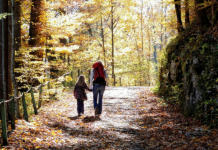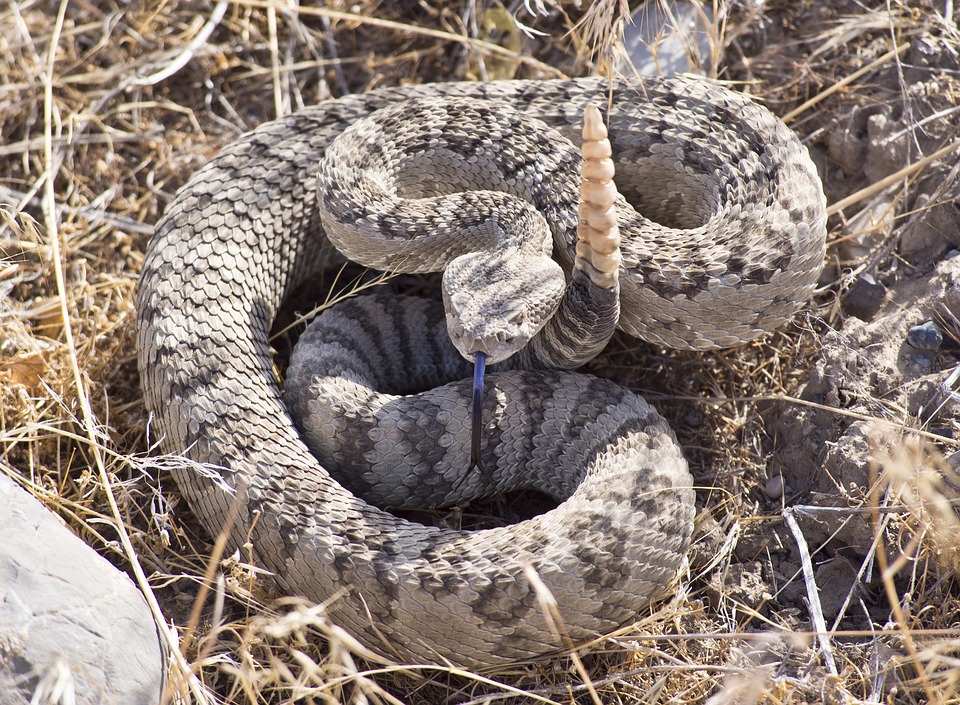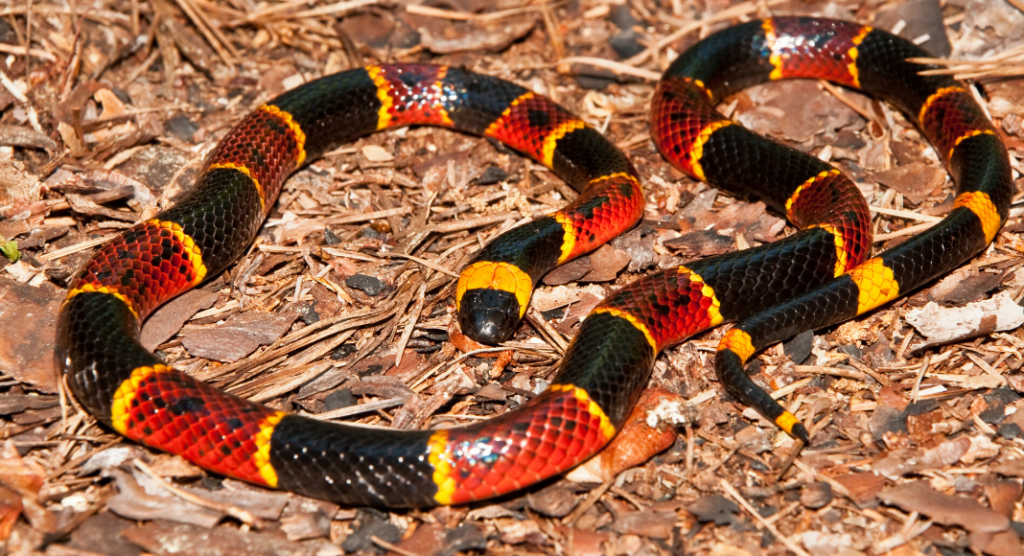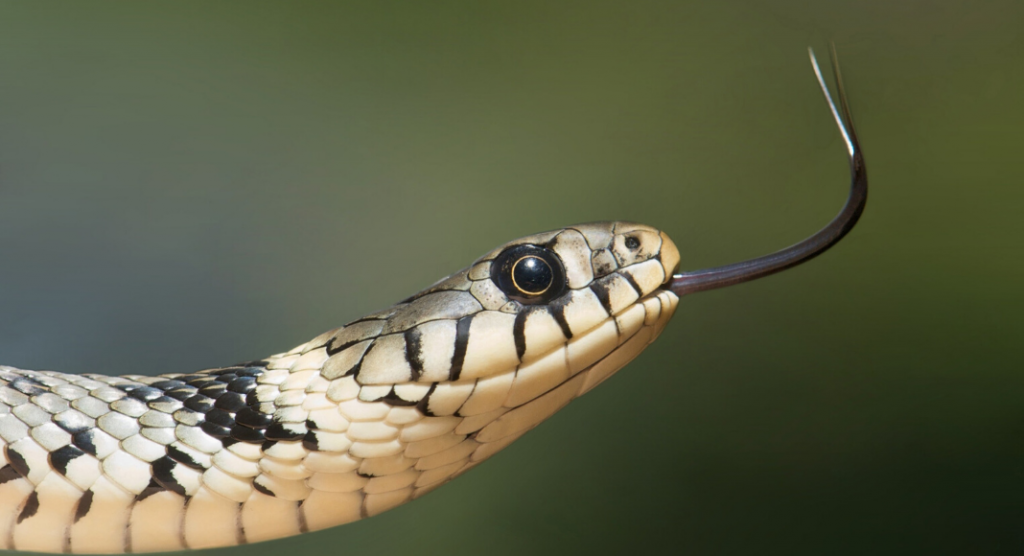 If you’re new to Columbia, or maybe even lived here your whole life, you may not know which snakes and spiders are dangerous. Many people have an innate fear of these animals and believe “the only good one is a dead one.” BUT you may be putting yourself into more danger by killing these creatures.
If you’re new to Columbia, or maybe even lived here your whole life, you may not know which snakes and spiders are dangerous. Many people have an innate fear of these animals and believe “the only good one is a dead one.” BUT you may be putting yourself into more danger by killing these creatures.
For example, kingsnakes, native to our neck of the woods, actually eat venomous snakes! Did you know that snakes not only can’t carry rabies, but they can eat pests like rats and many others that do carry rabies?
Likewise, spiders cut down on the number of mosquitoes, fleas, roaches, flies and other things that plague us in those hot, humid months. In fact, while less than 10 people in the whole US die from spider bites, over 50 billion people have been killed from mosquito-borne illnesses like malaria, West Nile virus, and the Zika virus.
So if you’re here to be able to recognize which spiders and snakes are safe, it is easy and will only take a moment to become familiar!
South Carolina has lots of snakes, which can be seen especially when it is hot out. Technically, only six of these types are poisonous, but since three of those are just different types of rattlers, I’d say you really only need to look out for four.
Types of Snakes to Look out for in the Midlands
1. Rattlesnakes
Rattlesnakes are actually pretty easy to avoid. They do not often bite people (most cases of a bite occur when someone accidentally picked up the snake), and will usually warn you they are nearby by – you guessed it – rattling. You can even ask your vet about getting your dogs vaccinated against rattler venom.
Rattlers may seek out sources of water, like dogs bowls and dripping air conditioners, in the hottest months, and will return to look for their mates if their mate is killed. They are very unlikely to be on trees or walls and usually stay on or close to the ground.
2. Copperheads
Copperheads are much harder to see and more likely to strike. They blend in with their surroundings due to their coloring. Copperheads also don’t make a warning sound, but you can expect them in clay earth and piney floors where they best blend in. And some woodsmen swear they smell like cucumbers.
But these are less venomous and very unlikely to be deadly, just painful. Keep an eye out for the babies, which actually release more venom since they haven’t quite learned self-control. They have green tips on their tails that are super-neon obvious.
3. Coral Snake
Next, we have the elusive coral snake. Not only are you unlikely to ever be bitten by the beautiful coral snake, but you will also doubtfully ever see one. This tiny snake is covered in bright bands of color and hangs out exclusively near the beach, often hiding in nooks and crannies. So just avoid sticking your hand in anything and you’ll likely be fine.
(There is a type of king snake that mimics this snake and is much more common to see. If you want to know which one you’ve encountered, remember it’s probably the harmless kind. This rhyme will reveal which snake it is: red touches black, friend to jack, red touches yellow, kill a fellow.”)
4. Water Moccasins/Cottonmouth
Finally, Water Moccasins, or Cottonmouths, are found only in and around water. They vary in color of their dark bands around their body but are generally fat-bodied with fat heads and fat scales. They also rarely bite.
You will often see them while fishing or kayaking on a river and they have even dropped onto boats only to sun themselves, unbothered. Stepping on them in muddy water or grabbing them in reeds is the most likely way to get bitten, and if that happens get anti-venom from a hospital stat.
Snake Identification: Is it Venomous?
As a general tip, venomous snakes have big heads shaped like a triangle, slit pupils instead of round, and are usually fat and banded in pattern/color; none of them are orange or bright green.
So any snake in SC that is:
—> thin with a small head or
—> solid color like green, orange, brown, or black
—> scaling quickly up a wall or tree
…Is likely going to be one of the harmless ones.
Types of Spiders to Look out for in the Midlands
Now, spiders are even easier. Generally, anything that looks scary isn’t! Only two kinds of spiders in our state have venom, and you’re not likely to encounter them.
1. Black Widow Spider
You will rarely see a Black Widow, but when you do, you will know. There is no mistaking those massive, shiny black things with bright red markings. They rarely bite even when seen. However, if you are bitten, seek medical attention. If you find lots together, call an exterminator.
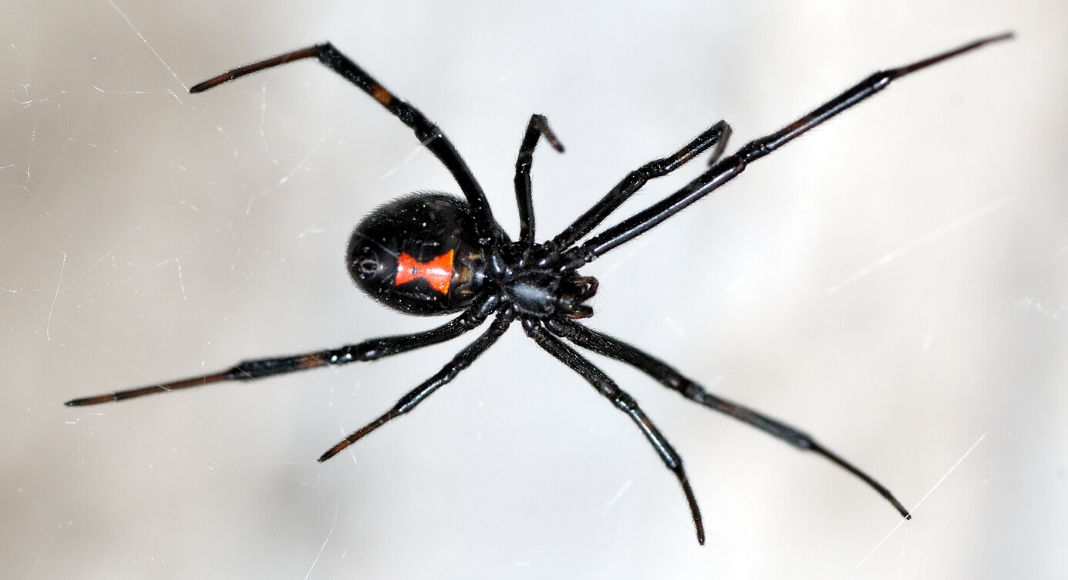 2. Brown Recluse Spider
2. Brown Recluse Spider
By contrast, South Carolina’s only other dangerous spider is the Brown Recluse, and it is very small. Like its name suggests, this tiny jumping sandy brown thing is shy, and only bite when its hiding place is invaded. You may not feel the bite even if it bites!
Check shoes and gloves before putting them on, and if you see a bite that starts to turn bluish-black, get medical attention. Its bite kills tissue but is not fatal. Also called a fiddleback spider, there is a darker violin-shaped mark on it’s back; the spider’s legs are unmarked, smooth, and the same color as its body, which is pale brown.

Spider Identification: Other Physical Traits for Consideration
So big hairy spiders, and dark brown ones, are fine! Weird brightly colored ones? Safe. Spiders that have incredibly long legs or massive bodies: perfectly okay. They are just trying to look scary to not get eaten. But remember, if you want to get rid of pests like bugs and mosquitoes, leave some of them in your yard.
So, not too many venomous snakes and spiders to worry about in our fair state. But, if you think what we have is bad, think about this. Australia, for example, has over 100 types of venomous snakes and five pretty deadly spiders. Yikes!


